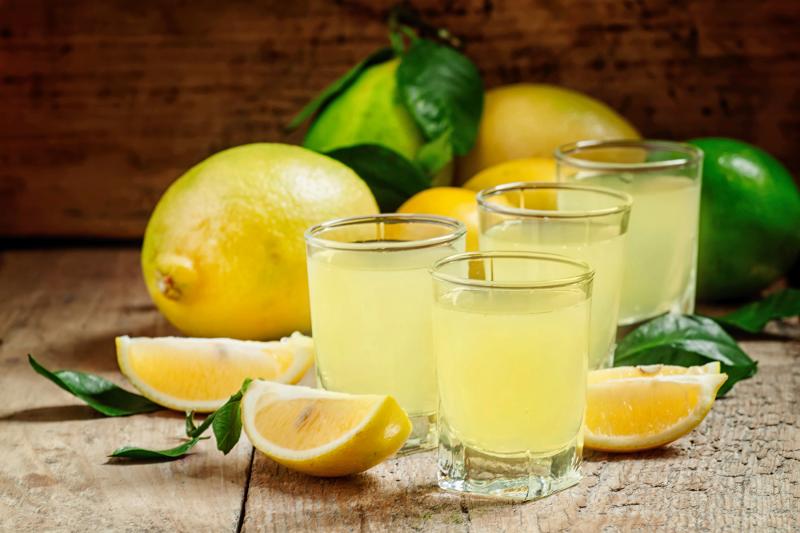Waste not, want not. So that nothing goes to waste, we gardeners can use dead leaves for mulch or banana peels to fertilize roses. Lemon peels are often discarded, when instead, they can be soaked in alcohol for weeks, strained and the resulting yellow liquid mixed with sugar syrup, and you have limoncello.
While you are macerating lemon peels in the kitchen, you can now grow a new perennial lemon balm called Limoncello (Melissa officinalis Limoncello).
Lemon balm is an old herb native to southern Europe; it is closely related to mint. This herb is hardy in USDA zones 4-9. The lemon scent is much stronger on this plant than any other lemon balm. It has a sprawling growth habit that lends itself to hanging baskets or containers where it can spill over the sides.
Limoncello lemon balm also makes a pleasing, scented ground cover. It will grow 6 to 12 inches tall and spread up to 2 feet wide. Tiny white flowers bloom during the summer.
The leaves add strong citrus notes to herbal tea blends. Lemon balm tea is a traditional treatment for indigestion and nausea. For a more intense lemon flavor, add a tablespoon or two of finely chopped leaves to muffin, cake, scone or bread recipes. Freeze fresh lemon balm leaves in ice cubes to preserve their lemony punch.
Seeds are often available for Limoncello lemon balm locally in seed racks or from specialty seed companies such as HPS Seeds (phone 800-322-7288). The plants will grow in almost any soil, although they do best in rich, well-drained soil. They can even tolerate some light or partial shade.
Start seeds indoors, just barely covering them with soil. Keep the soil evenly moist but not soggy. Transplant into a sunny spot outdoors. You can also direct seed Limoncello right into the garden. Plant the hardy seeds directly on the soil surface about two weeks before the last frost.
Limoncello plants can also be grown indoors. Be sure to keep them in a sunny window or under grow lights. If your plant is too thin and leggy, that’s a sign it needs more light. It is best to harvest leaves in the afternoon when the flavor is strongest. The leaves are somewhat delicate, so handle them carefully to avoid bruising.
If not carefully controlled, lemon balm is known to quickly become invasive. Unlike its cousins the mints, lemon balm is not invasive by spreading from its roots, but by the bountiful seeds it produces. Lemon balm self-seeds easily unless you deadhead the flowers. You can simply cut off all flowers as soon as they appear.
For a lemon balm with a much stronger lemon scent than older types, a graceful trailing habit, and an easy-care perennial that will come back for years, grow Limoncello Lemon Balm. Add it to salads or stir-fries, and of course, follow it up with the real digestive, Limoncello shots.






















































